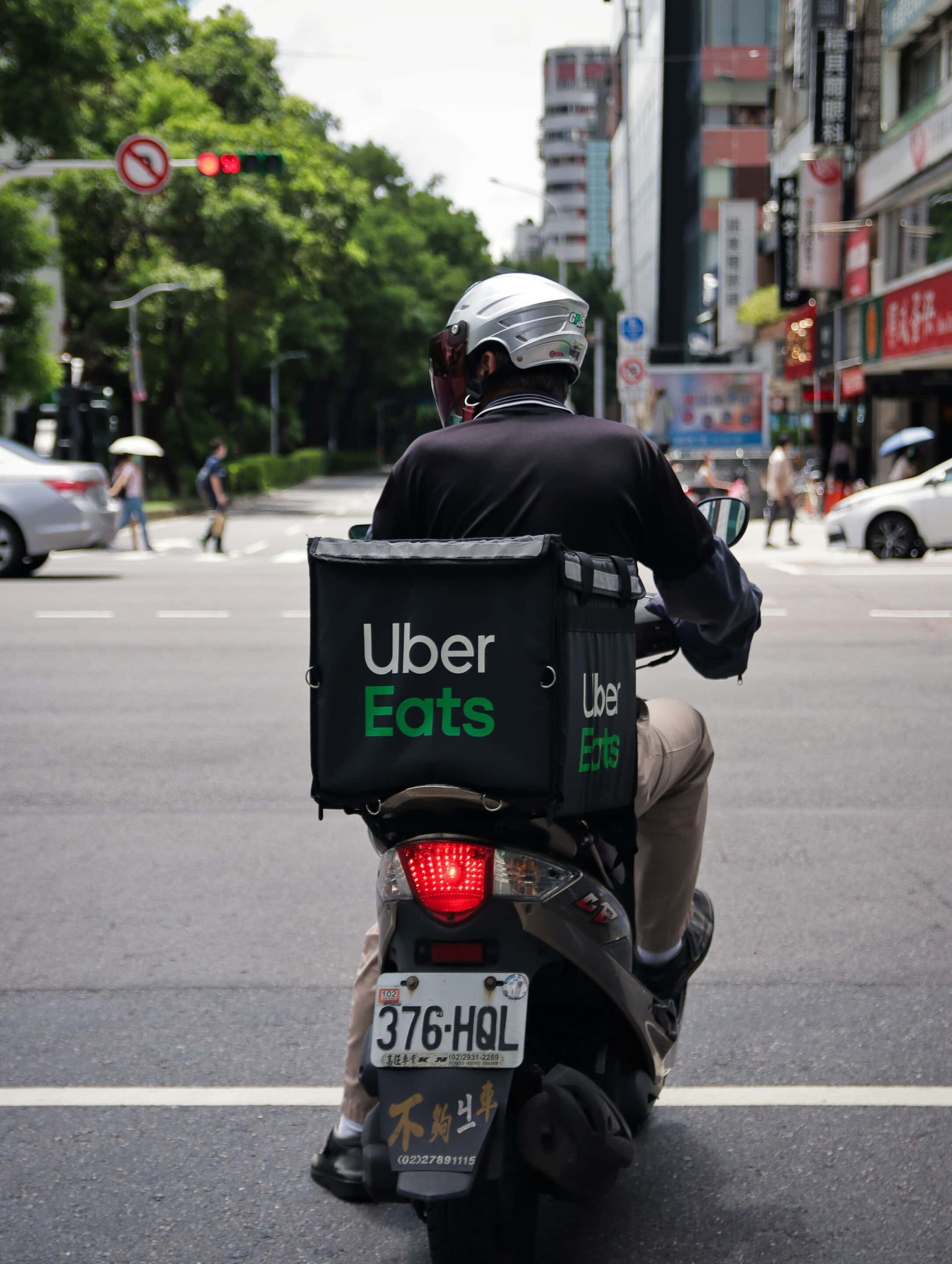
by jesper | Dec 6, 2023 | In The News
Instacart has recently formed a strategic partnership with NBCUniversal’s Peacock, allowing Instacart+ subscribers in the United States to access Peacock’s streaming service at no additional cost. This collaboration aims to enhance the value proposition of Instacart+, the company’s premium subscription service, by integrating Peacock’s extensive content library. The deal provides Instacart+ members with access to over 80,000 hours of content offered by Peacock, including exclusive original series and live programming. The move signifies Instacart’s foray into diversifying its offerings beyond grocery delivery, tapping into the growing demand for bundled services that combine essential and entertainment services.
Please read full story

by jesper | Dec 5, 2023 | In The News
A recent New York Post article dated December 1, 2023, reports that Uber, DoorDash, and Grubhub are obligated to pay their workers in New York a minimum wage of $18 per hour. The article highlights a significant legal development where a state appeals court ruled in favor of the delivery workers, affirming the requirement for the gig economy platforms to pay a flat hourly rate of $17.96 plus additional compensation. This decision follows a series of legal battles, including lawsuits filed by the companies against New York City over the imposition of the $18-per-hour rule. The ruling is seen as a victory for the workers and underscores the ongoing debate around fair compensation in the gig economy.
Read full article here

by jesper | Dec 4, 2023 | In The News
The article explores the potential impact of artificial intelligence (AI) on the gig economy. It discusses how AI advancements may influence the gig economy and questions whether AI could potentially bring an end to this work model. The analysis considers the evolving nature of work, the role of technology in reshaping employment landscapes, and the implications for gig workers. However, the article does not provide a conclusive answer but prompts readers to consider the transformative effects AI could have on the gig economy [3].
Read the full article here

by Jason Tieri | Dec 3, 2023 | In The News
The article discusses a proposed ordinance in Seattle that aims to impose a 10-cent fee per order on gig companies such as DoorDash and Instacart. The fee is intended to fund a new license fee and support labor initiatives. Despite the potential benefits for workers, gig companies are reportedly opposing the ordinance. The article highlights the surprising opposition, considering the proposed fee’s relatively modest amount and its potential to contribute to worker compensation. Read the article here!

by Jason Tieri | Dec 2, 2023 | In The News
The article documents the author’s first-hand experience working as an e-bike food delivery rider. Key insights include the challenges faced by delivery riders, emphasizing the low earnings in relation to the demanding nature of the job. The author highlights the financial struggles, emphasizing the meager income earned during deliveries. The article sheds light on the often overlooked issues within the gig economy, specifically in the context of food delivery services using e-bikes. Read the article here!

by Jason Tieri | Dec 1, 2023 | In The News
The article discusses the unfulfilled promises of ride-hailing services like Uber and Lyft in contributing to environmental sustainability. Contrary to expectations, these services ended up increasing pollution rather than reducing it. The focus then shifts to the emerging era of robotaxis, with companies like Cruise entering the autonomous vehicle market. The central question is whether robotaxis will continue the trend of contributing to pollution or if they can address environmental concerns more effectively. The piece explores the challenges and uncertainties surrounding the role of robotaxis in achieving green transportation goals. Read the rest of the article here!






